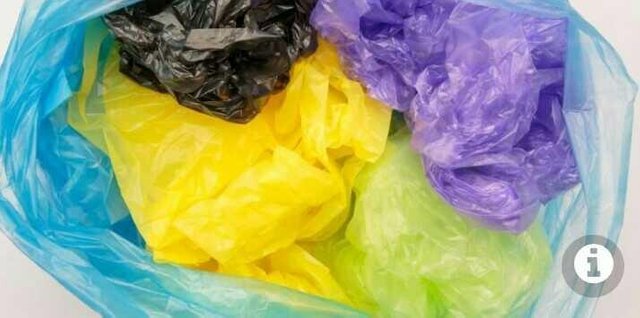The Changing Discovery of the World: Plastics, The Multipurpose But Dangerous
What comes to mind when you say the word plastic? Maybe you imagine shopping bags, food wrappers, to toys. Yes, plastic is a versatile thing. Almost all objects currently use this material.

Not only useful, plastic also keep the dark side. The proof, at this time, plastic into one of the garbage is quite alarming.
The reason is that plastic is not easy to decompose and cause environmental pollution and various health problems.
In fact, the recent rush about microplastic in bottled water that may cause various health problems in the future also disturbs the public.
However, beyond the controversy of this multipurpose item, do you know how the history of plastic develops?
Before answering, it's good we understand that everything in the world is made of the same class: polymer.
Polymers are very long repeating molecules. In the case of plastics, the polymers are mainly made of carbon.
The word plastic itself comes from the Greek "plastikos" which means bending and easily formed.
Referring to this, the history of plastics may have been started by the Olmecs in Mexico some 150 years before Christ. At that time, they played using a ball made of other polymers, namely rubber.
As we know, as well as being in the polymer class, the rubber is also supple and easily shaped.
First Synthetic Plastic
In addition, the Olmecs also used timber in those days. About half of the average piece of wood has cellulose, a polymer present in the cell wall of a perennial plant that makes things stiff.
Cellulose is then become one of the raw materials for a major breakthrough in plastic.
It is Alexander Parkes who makes modern plastic raw materials from the cellulose. He named it parkesine.
Initial products of parkesin such as knife handles, comb, buttons, and so forth. Parkes exhibited these products at London's Science Museum in 1862.
Plastic Development
His findings were then sold to two Americans, the Hyatt brothers. To improve the flexibility of parkesin, they then added camphor and renamed it celluloid in 1870.
However, a major breakthrough in the development of plasti actually occurred in 1907.
That year became the birth of the modern plastic era with the invention of Bakelite by Leo Baekeland. Bakelite is the first synthetic plastic in the world.
In other words, bakelite does not come from plants or animals, but from fossil fuels.
Unfortunately, Bakelite is not a good insulator like celluloid. Therefore, continuous research continues to be developed to look for new plastics.